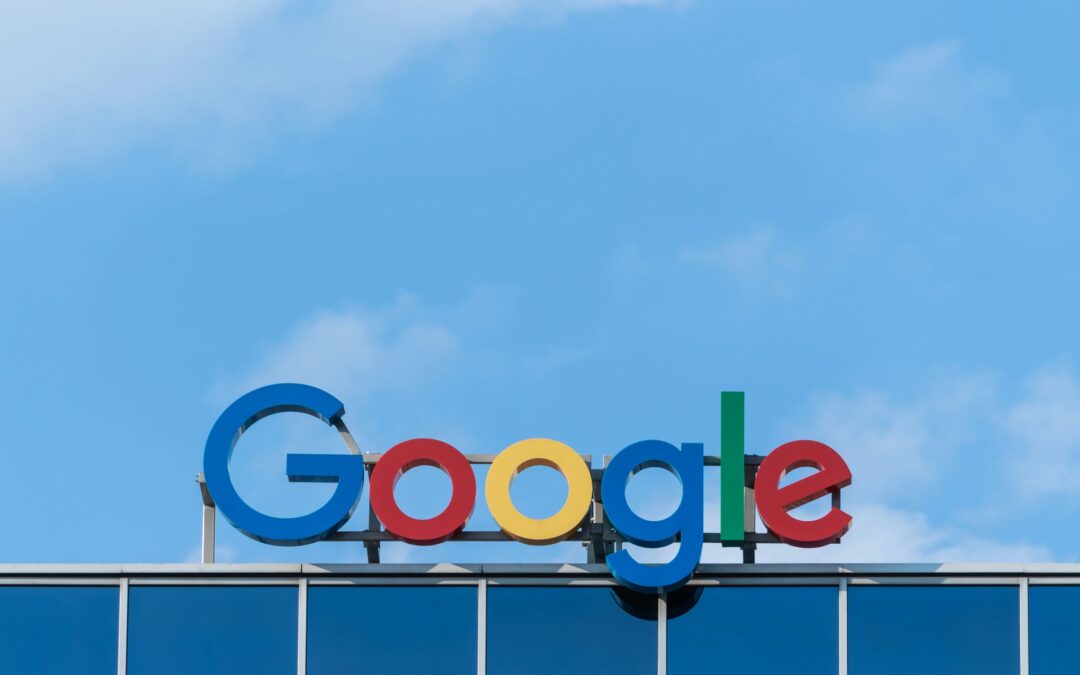You know the stories. Kodak developed a digital camera in the 1970s, but its images weren’t as good as film images, so it ended the project. Decades later, that decision ended Kodak. Blockbuster was given the chance to buy Netflix but declined due to its paltry library of titles (and the absence of late fees). A few years later, that decision led to Blockbuster’s decline and demise. Now, in the age of AI, disruption may be about to claim another victim – Google.
A very brief history of Google’s AI efforts
In 2017, Google Research invented Transformer, a neural network architecture that could be trained to read sentences and paragraphs, pay attention to how the words relate to each other, and predict the words that would come next.
In 2020, Google developed LaMDA, or Language Model for Dialogue Applications, using Transformer-based models trained on dialogue and able to chat.
Three years later, Google began developing its own conversational AI using its LaMDA system. The only wrinkle is that OpenAI launched ChatGPT in November 2022.
Now to The Financial Times for the current state of things
“In early 2023, months after the launch of OpenAI’s groundbreaking ChatGPT, Google was gearing up to launch its competitor to the model that underpinned the chatbot.
.
The search company had been testing generative AI software internally for several months by then. But as the company rallied its resources, multiple competing models emerged from different divisions within Google, vying for internal attention.”
That last sentence is worrying. Competition in the early days of innovation can be great because it pushes people to think differently, ask tough questions, and take risks. But, eventually, one solution should emerge as superior to the others so you can focus your scarce resources on refining, launching, and scaling it. Multiple models “vying for internal attention” so close to launch indicate that something isn’t right and about to go very wrong.
“None was considered good enough to launch as the singular competitor to OpenAI’s model, known as ChatGPT-4. The company was forced to postpone its plans while it tried to sort through the scramble of research projects. Meanwhile, it pushed out a chatbot, Bard, that was widely viewed to be far less sophisticated than ChatGPT.”
Nothing signals the threat of disruption more than “good enough.” If Google, like most incumbent companies, defined “good enough” as “better than the best thing out there,” then it’s no surprise that they wouldn’t want to launch anything.
What’s weird is that instead of launching one of the “not good enough” models, they launched Bard, an obviously inferior product. Either the other models were terrible (or non-functional), or different people were making different decisions to achieve different definitions of success. Neither is a good sign.
“When Google’s finished product, Gemini, was finally ready nearly a year later, it came with flaws in image generation that CEO Sundar Pichai called ‘completely unacceptable’ – a let-down for what was meant to be a demonstration of Google’s lead in a key new technology.”
“A let-down” is an understatement. You don’t have to be first. You don’t have to be the best. But you also shouldn’t embarrass yourself. And you definitely shouldn’t launch things that are “completely unacceptable.”
What happens next?
Disruption takes a long time and doesn’t always mean death. Blackberry still exists, and integrated steel mills, one of Clayton Christensen’s original examples of disruption, still operate.
AI, LLMs, and LaMDAs are still in their infancy, so it’s too early to declare a winner. Market creation and consumer behavior change take time, and Google certainly has the knowledge and resources to stage a comeback.
Except that that knowledge may be their undoing. Companies aren’t disrupted because their executives are idiots. They’re disrupted because their executives focus on extending existing technologies and business models to better serve their best customers with higher-profit offerings. In fact, Professor Christensen often warned that one of the first signs of disruption was a year of record profits.
In 2021, Google posted a profit of $76.033 billion. An 88.81% increase from the previous year.
2022 and 2023 profits have both been lower.

As you say, Robyn, not leading the AI model race is not fatal at this point in time. Protecting their search and ad business model might be.
You’re right about the importance of protecting the core. In this case, I think it’s And, not Or. Google definitely needs to protect the search and ad business, and with people (including me) using GenAI plugins in place of search, they need to figure out their AI strategy, too. It’s the great challenge that intrapreneurs like you know all too well – trying to get companies to get better at doing what they’ve always done AND think differently so they can do things they’ve never done. Thanks for contributing to the conversation, Eduardo!